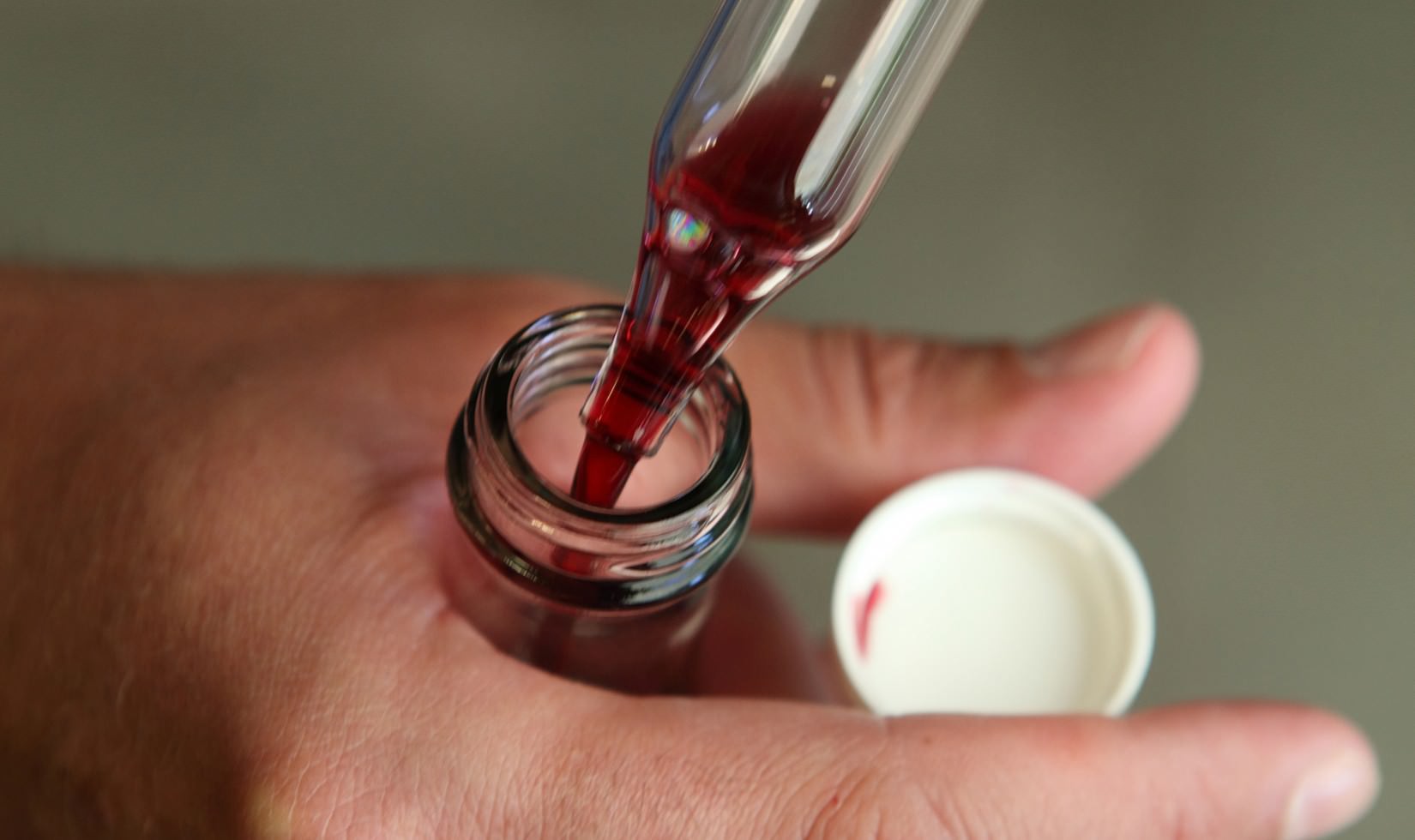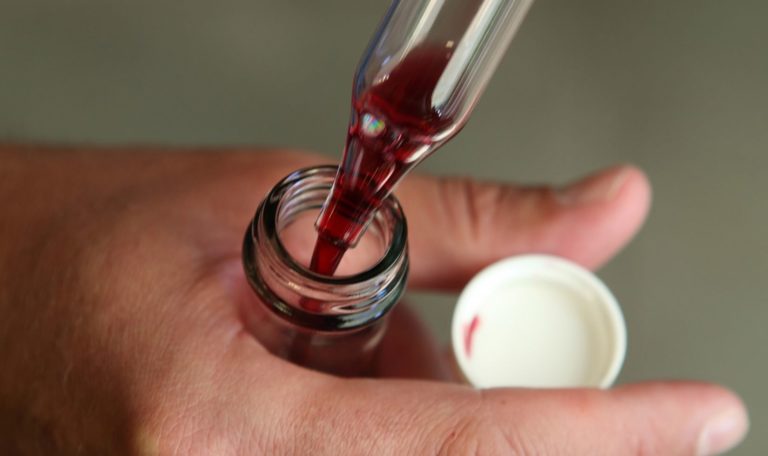As the year winds down and the holidays approach each year, harvest still seems fresh in the minds of the winemaking team at Jordan. But we have to shift gears. Creating our first blend of Jordan Cabernet Sauvignon before it is transferred to oak barrels becomes our focus, and we call this our “barrel blend.” In order to achieve an elegant, French-inspired wine, Jordan blends different tanks of young wines before they are transferred to small French oak barrels to create the “barrel blend.” This includes all Bordeaux varieties that comprise Jordan Cabernet Sauvignon–cabernet sauvignon, of course, as well as merlot, petit verdot, malbec and even a splash of cabernet franc in some vintages.
How Jordan Wine Is Blended
Making the barrel blend decision ends with a quick tasting of myriad lots of fermenting juice from specific vineyards but the process really begins two months before in the vineyards.
At the onset of harvest in September, Winemaker Rob Davis and the winemaking team begin tasting the highly diverse lots of grapes that are sampled daily before they are harvested. This grape review is the most critical to the quality assessments of which grapes could make up the barrel blend. After the grapes are delivered to our fermenters, each tank is tasted twice a day throughout the fermentation. Following the fermentation, each tank is pressed individually, sensory notes are assessed and then paired up with other lots that are similar in quality. After a 3- to 4-week malolactic fermentation, the wines again are re-tasted and assessed for matching with other tanks that are “blend worthy” for our youngest vintage Jordan Cabernet.
At this point, we take samples from each tank to a white technical tasting room, lit only by dim red lights, and taste together, verbally comparing our sensory notes. Why the red light? Color more than any other component in red wine prejudices the palate when fruit aromas and flavors want to be prioritized. Cabernet rarely suffers from lack of color. So by reviewing the wines under red light, the variation of hues is mitigated, and we can focus more on the lovely notes of blackberry and cassis that are so important to the style of our wine.
Our barrel blend can be drawn from as many as 30 lots. The quality bar is set very high: the very best cabernet in the world. Grand cru classé wines are exceptional for this reason: rigorous selection. Either the lot makes the cut or it is set aside for further consideration at another time. Normally this means that the lot will be sold to the bulk wine market at a considerably less profit. With the top selection made, the next step is to blend the wines together in our upright, 6,000-gallon oak casks in preparation for going into small French oak barrels, primarily new oak with some used. If a tank has potential, but the young wine is not expressing itself fully, we give it a special designation–kind of like a second-string quarterback–and transfer the wine into barrels separately from the barrel blend.
After about 12 months aging in French oak, the Jordan barrel blend is reassessed. The winemaking team also checks our potential lots to see if the oak aging helped to elevate their game to the starter position. Only the top lots are assembled for the final master blend that goes into Jordan Cabernet Sauvignon during bottling season each summer.
Learn more about blending wine on our website.



